
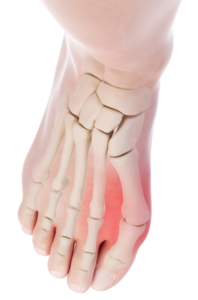 While bunions are often seen in adult feet, they can present in children at an early age too. Bunions describe a prominent bony bulge on the inside of the foot by the big toe. In this condition, the big toe has changed alignment to start moving towards the second toe, pushing the joint at the ball of the foot (called the metatarsophalangeal joint) outwards, making it more prominent.
While bunions are often seen in adult feet, they can present in children at an early age too. Bunions describe a prominent bony bulge on the inside of the foot by the big toe. In this condition, the big toe has changed alignment to start moving towards the second toe, pushing the joint at the ball of the foot (called the metatarsophalangeal joint) outwards, making it more prominent.
As bunions tend to progressively worsen over time, a bunion in childhood can be a large cause of concern for parents. If you’ve noticed a bunion starting to form on your child’s feet, bring them in for an assessment with our experienced podiatry team.
Why does my child have a bunion?
In kids, there are two primary causes of bunions:
- Wearing ill-fitting shoes
When kids wear tight, narrow or poorly fitting footwear, the pressure from the shoes can push on the big toe, pushing it in towards the lesser toes. This can happen quickly without you noticing with kids growing so fast – a recent study showed that 65% of kids may be wearing the wrong-sized shoes.
As kids can wear shoes for full days, day after day, the cumulative effect can lead to changes in the alignment of the joints.
- Hereditary predisposition
Genetics is the most common cause of bunions in kids – genetics can dictate foot posture and gait characteristics. We often see this with flat feet that roll onto the side of the big toe during walking. This repeated pressure can cause the big toe joint to become less stable, progressively altering its position.
Unfortunately, while there’s nothing that can be done to change genetics, we can help modify the way load is distributed to relieve pressure on the big toe.
The Symptoms
The bony prominence of the big toe joint at the ball of the foot is the distinguishing feature of a bunion. For some, the bunion will remain painless and asymptomatic. Others may experience joint pain, redness, swelling, and pain when bending the toe (including during walking). As footwear can become difficult to fit and rub against the joint, corns, calluses and blisters may develop.
Over time, the big toe may start buttressing against, over-riding or under-riding the second and third toes. If your child is raising concerns about pain in the big toe joint, this should be taken seriously, as the symptoms of bunions tend to worsen over time.
Treatment
The good news is that unlike adult bunions that are often rigid and inflexible, bunions in children tend to still be mobile and flexible – making treatment significantly easier.
Footwear
Treating bunions must start with addressing the cause. If the cause is tight, ill-fitting footwear, then switching to shoes with a wide toe box (the area of the shoe surrounding the toes) is essential to help prevent the bunion from worsening. Ensure the width is sufficient to not continue to push on, or rub against the side of the bunion.
Orthotics
If the cause is a hereditary foot type and gait characteristics, then we want to control the aspect that is contributing to the bunion, which for many is the repeated rolling on the inside border of the foot, through the big toe. This can be done using custom orthotics and good footwear. By supporting the arch and the level of pronation (rolling inwards), we can redistribute the pressure more evenly through the foot, reducing or preventing the excess pressure through the big toe.
Next, we want to encourage the big toe and joint to straighten. This can be done using physical therapy, splinting, joint mobilisation and other techniques. Your podiatrist will discuss the best options for your child at their assessment.
While many juvenile bunions can be treated conservatively, others may require surgery. If this is the case, we will refer you to an orthopaedic surgeon.
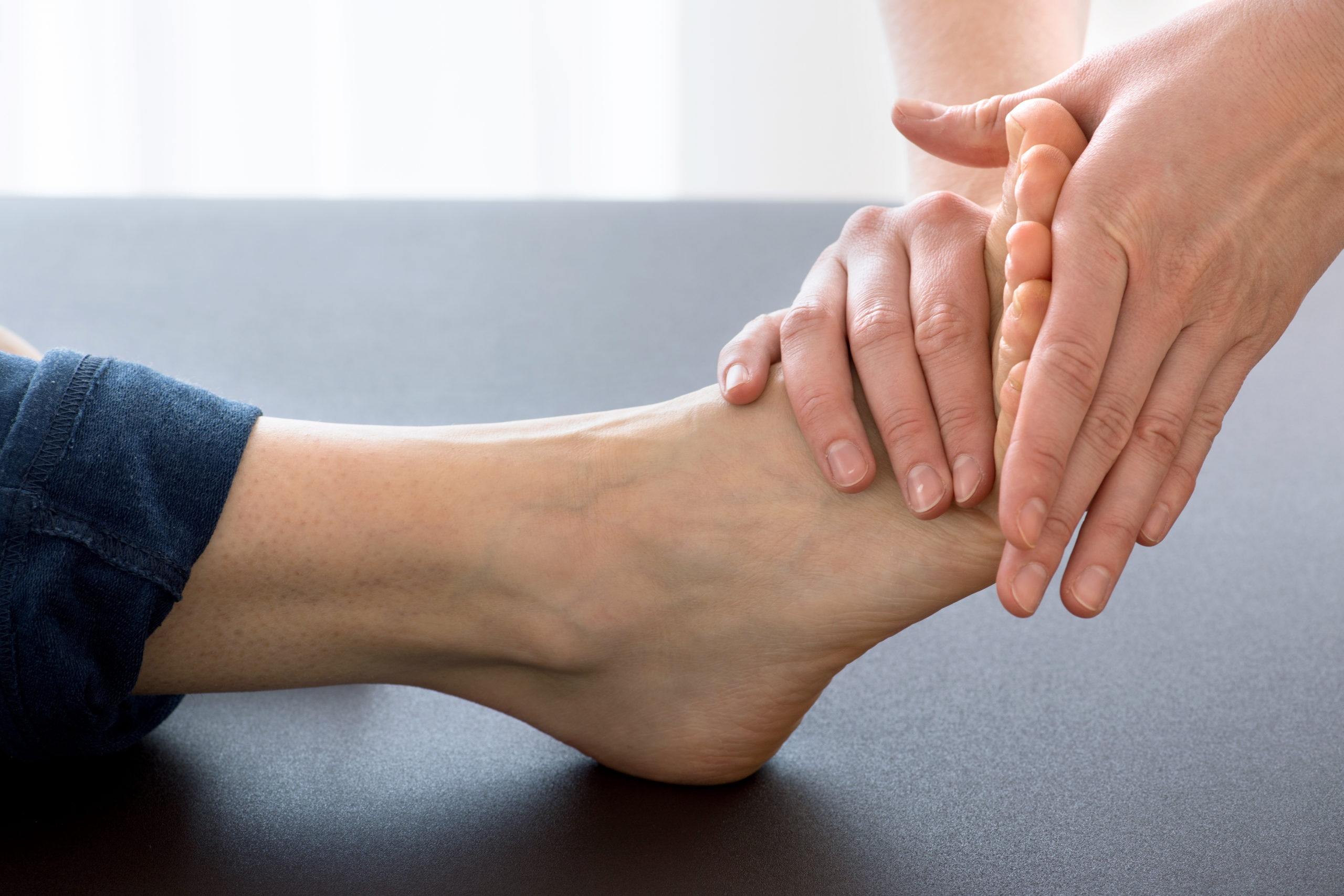
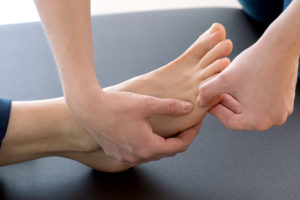 In the context of podiatry care, foot mobilisation refers to gentle, hands-on, very small passive movements of the joints in your feet. Foot mobilisations are used to improve joint motion and reduce pain.
In the context of podiatry care, foot mobilisation refers to gentle, hands-on, very small passive movements of the joints in your feet. Foot mobilisations are used to improve joint motion and reduce pain.



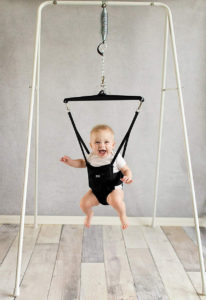 If you have seen a child on a Jolly Jumper (also known as baby bouncers or jumperoos), you might know the look of delight on their face whilst they bounce away. In recent years, however, Jolly Jumpers have come under scrutiny as to whether the may potentially do more harm than good when it comes to healthy lower limb development and reaching developmental milestones.
If you have seen a child on a Jolly Jumper (also known as baby bouncers or jumperoos), you might know the look of delight on their face whilst they bounce away. In recent years, however, Jolly Jumpers have come under scrutiny as to whether the may potentially do more harm than good when it comes to healthy lower limb development and reaching developmental milestones. 
 While bunions are often seen in adult feet, they can present in children at an early age too. Bunions describe a prominent bony bulge on the inside of the foot by the big toe. In this condition, the big toe has changed alignment to start moving towards the second toe, pushing the joint at the ball of the foot (called the
While bunions are often seen in adult feet, they can present in children at an early age too. Bunions describe a prominent bony bulge on the inside of the foot by the big toe. In this condition, the big toe has changed alignment to start moving towards the second toe, pushing the joint at the ball of the foot (called the 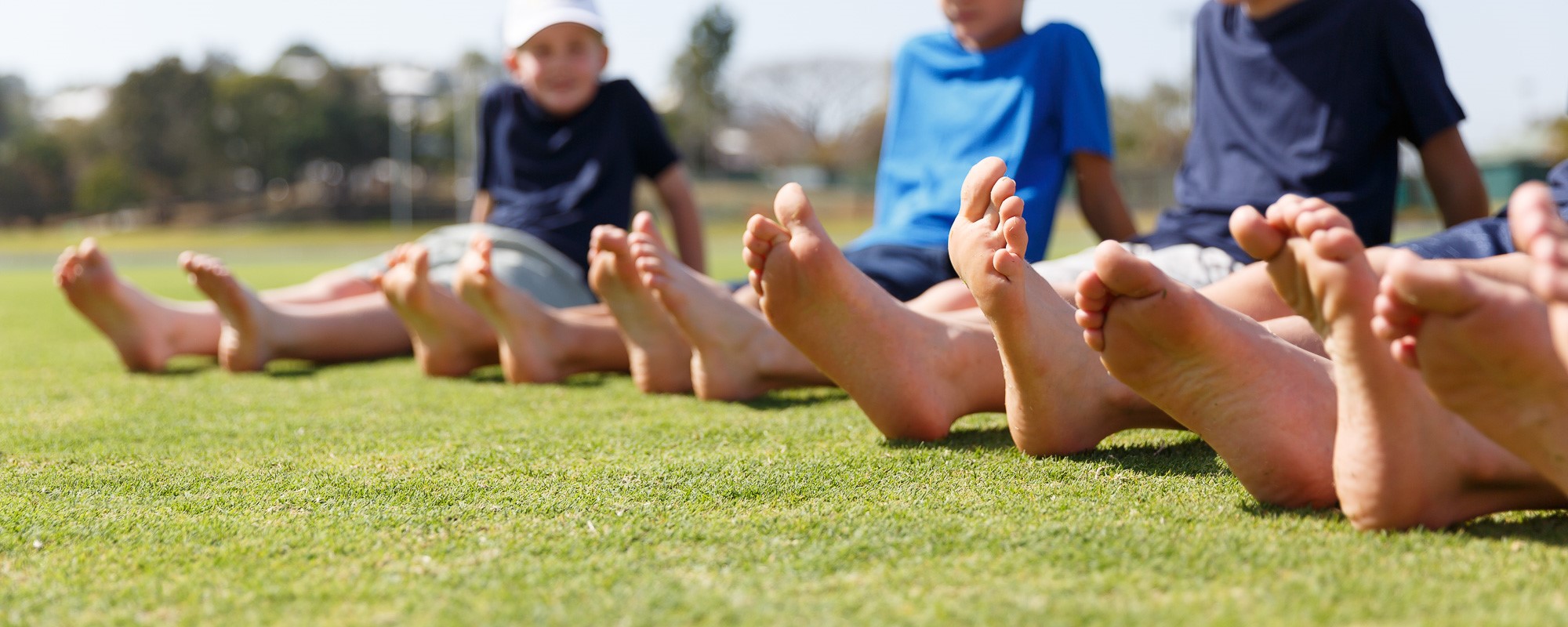
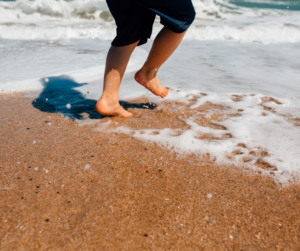 Juvenile idiopathic arthritis (JIA) is the most common arthritis that occurs in kids, affecting approximately one in 500 children [1]. Technically, JIA is an umbrella term for any arthritis affecting those aged below 16 years. The cause is typically unknown, hence the term
Juvenile idiopathic arthritis (JIA) is the most common arthritis that occurs in kids, affecting approximately one in 500 children [1]. Technically, JIA is an umbrella term for any arthritis affecting those aged below 16 years. The cause is typically unknown, hence the term 
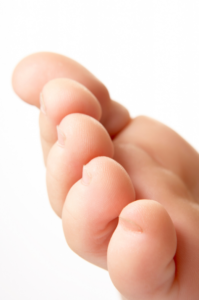 Curly toes, otherwise known as
Curly toes, otherwise known as 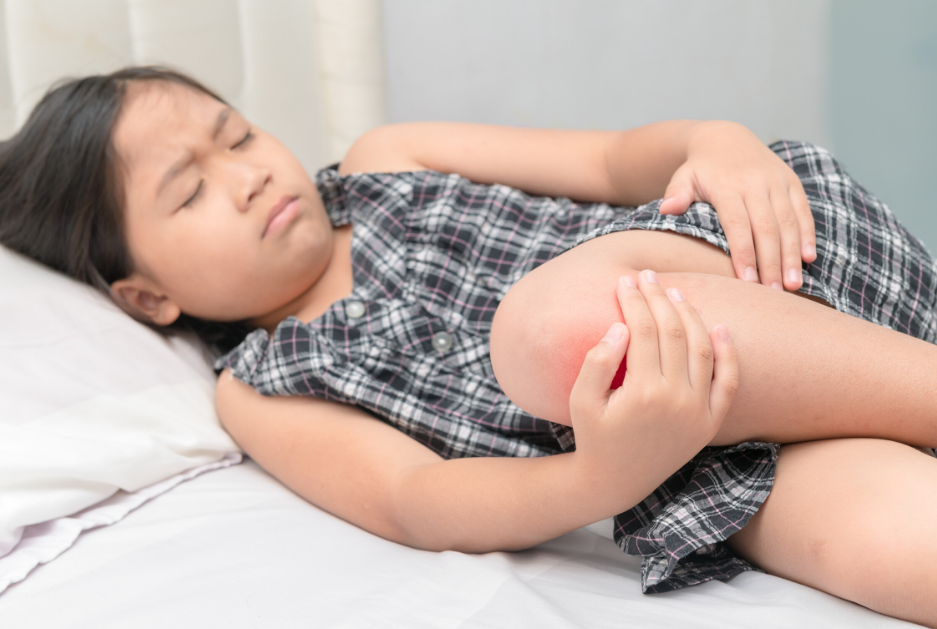
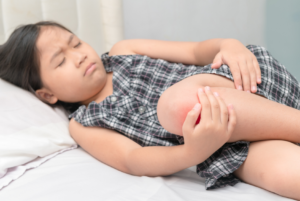 Osgood-Schlatter’s apophysitis is a common cause of knee pain in children and adolescents. It is often referred to as
Osgood-Schlatter’s apophysitis is a common cause of knee pain in children and adolescents. It is often referred to as 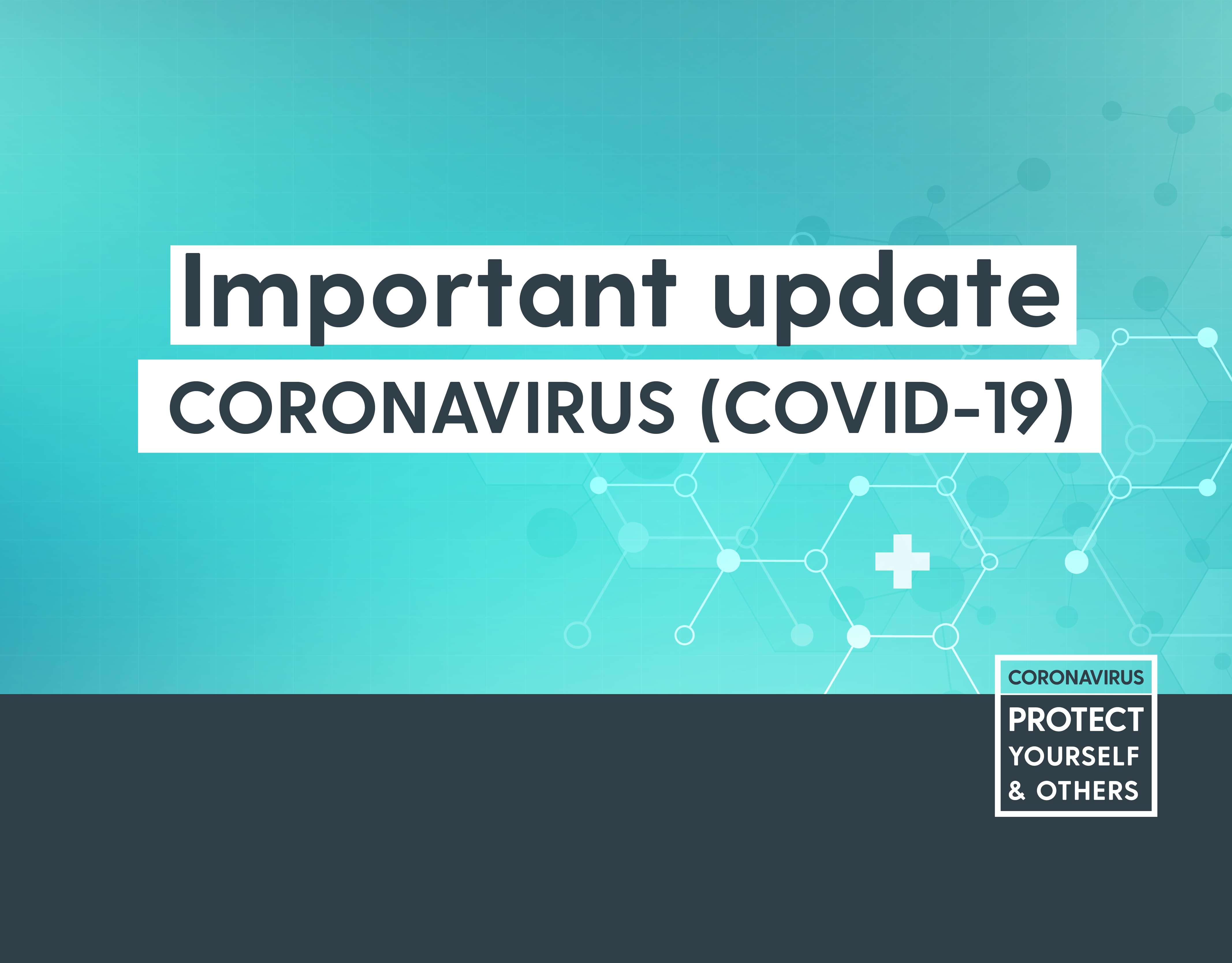
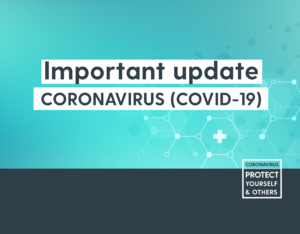 Following government guidelines, we are asking all people who have travelled in the last 14 days not to present to the clinic, and to reschedule their appointment, and we look forward to welcoming them back.
Following government guidelines, we are asking all people who have travelled in the last 14 days not to present to the clinic, and to reschedule their appointment, and we look forward to welcoming them back.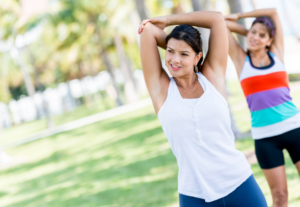 If you’ve recently had a baby, then we want to start by saying a massive congratulations! Your body does incredible things during pregnancy – and that’s just
If you’ve recently had a baby, then we want to start by saying a massive congratulations! Your body does incredible things during pregnancy – and that’s just 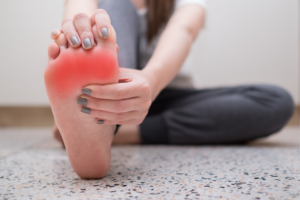 Foot pain is frustrating. Foot pain with a new baby to care for can seem hopeless. Unfortunately, many mums are vulnerable to foot pain throughout their pregnancy due to the increased stress on their bodies, combined with a surge of ligament-relaxing hormones.
Foot pain is frustrating. Foot pain with a new baby to care for can seem hopeless. Unfortunately, many mums are vulnerable to foot pain throughout their pregnancy due to the increased stress on their bodies, combined with a surge of ligament-relaxing hormones.